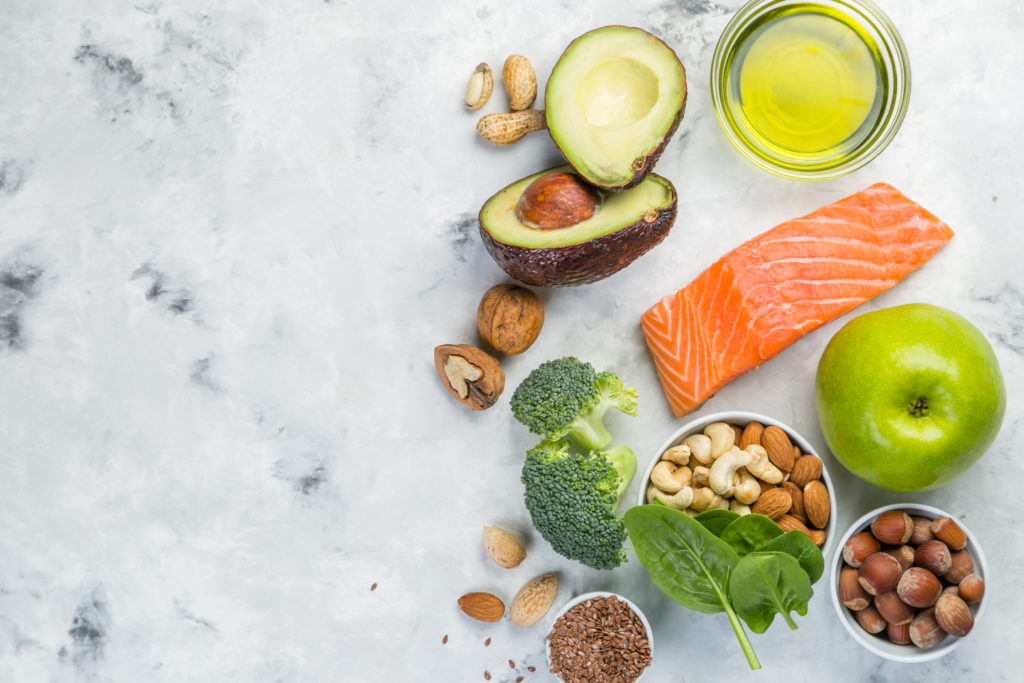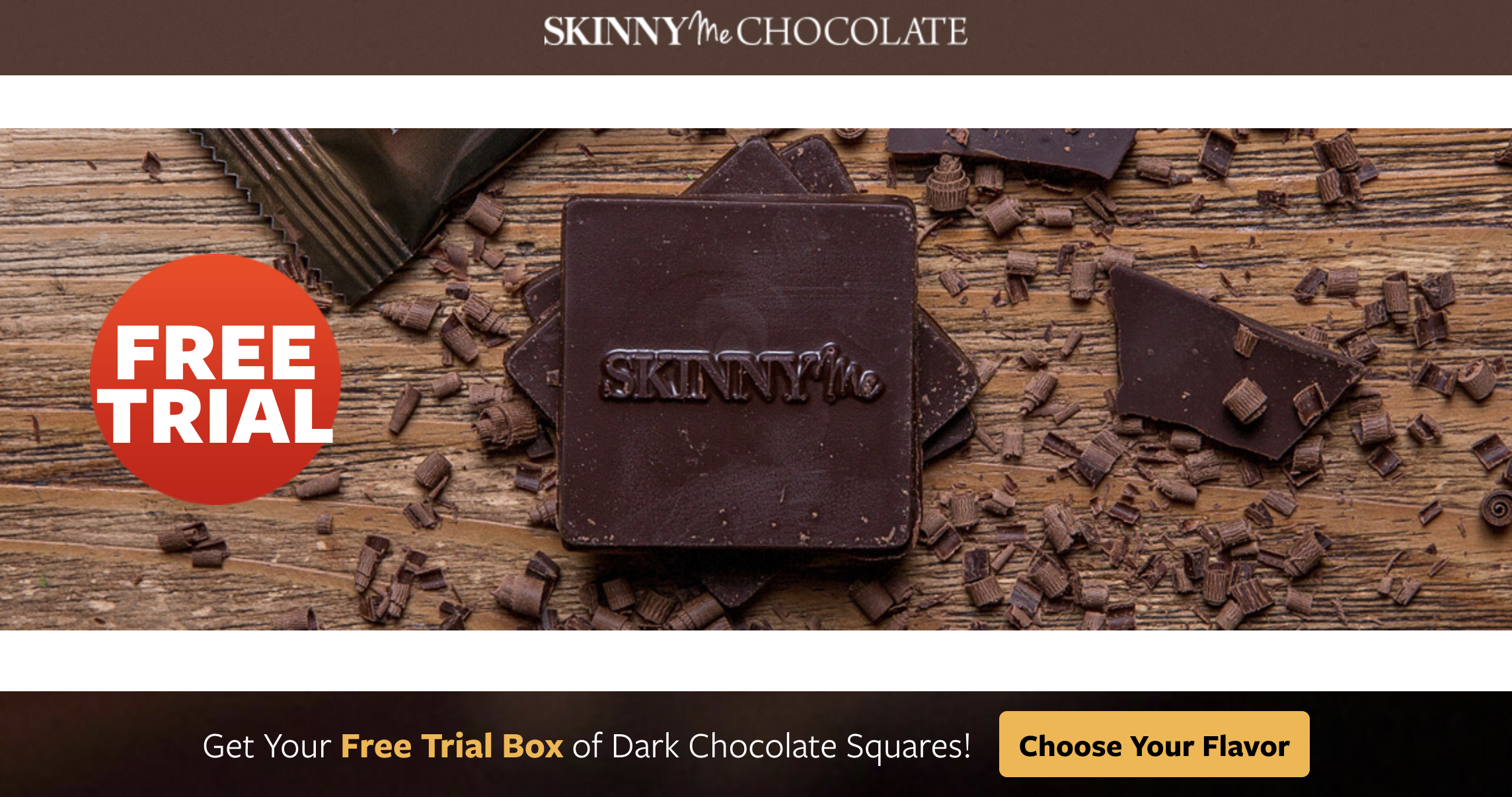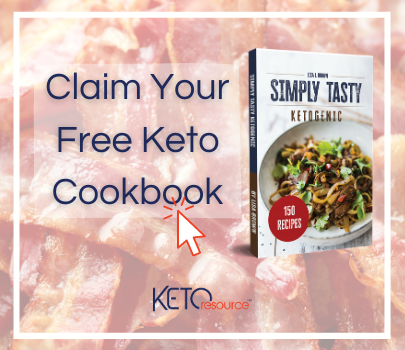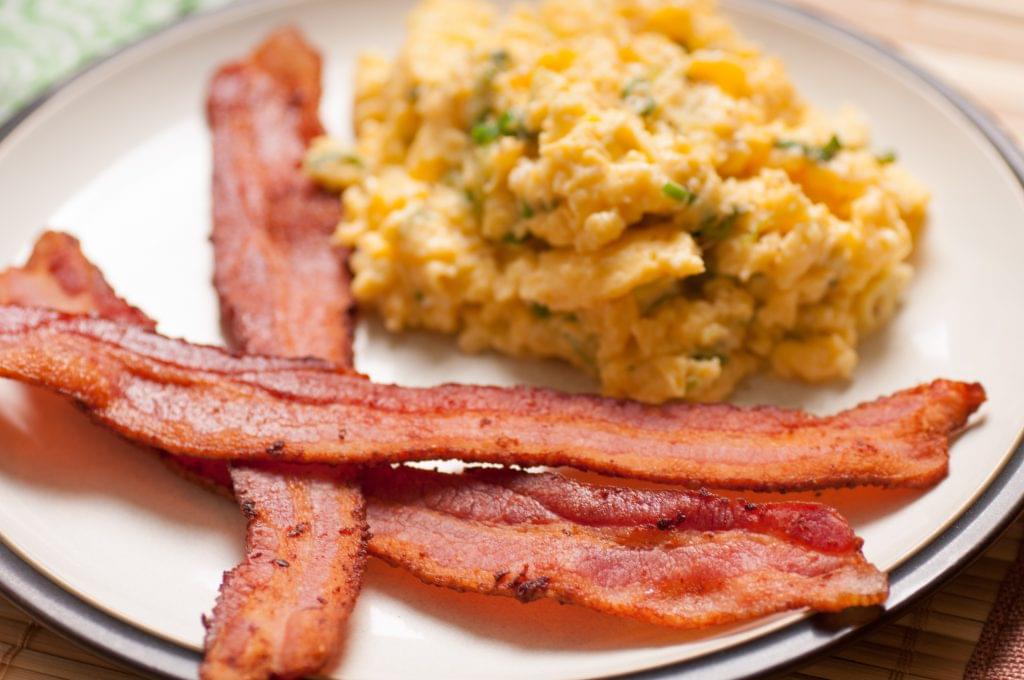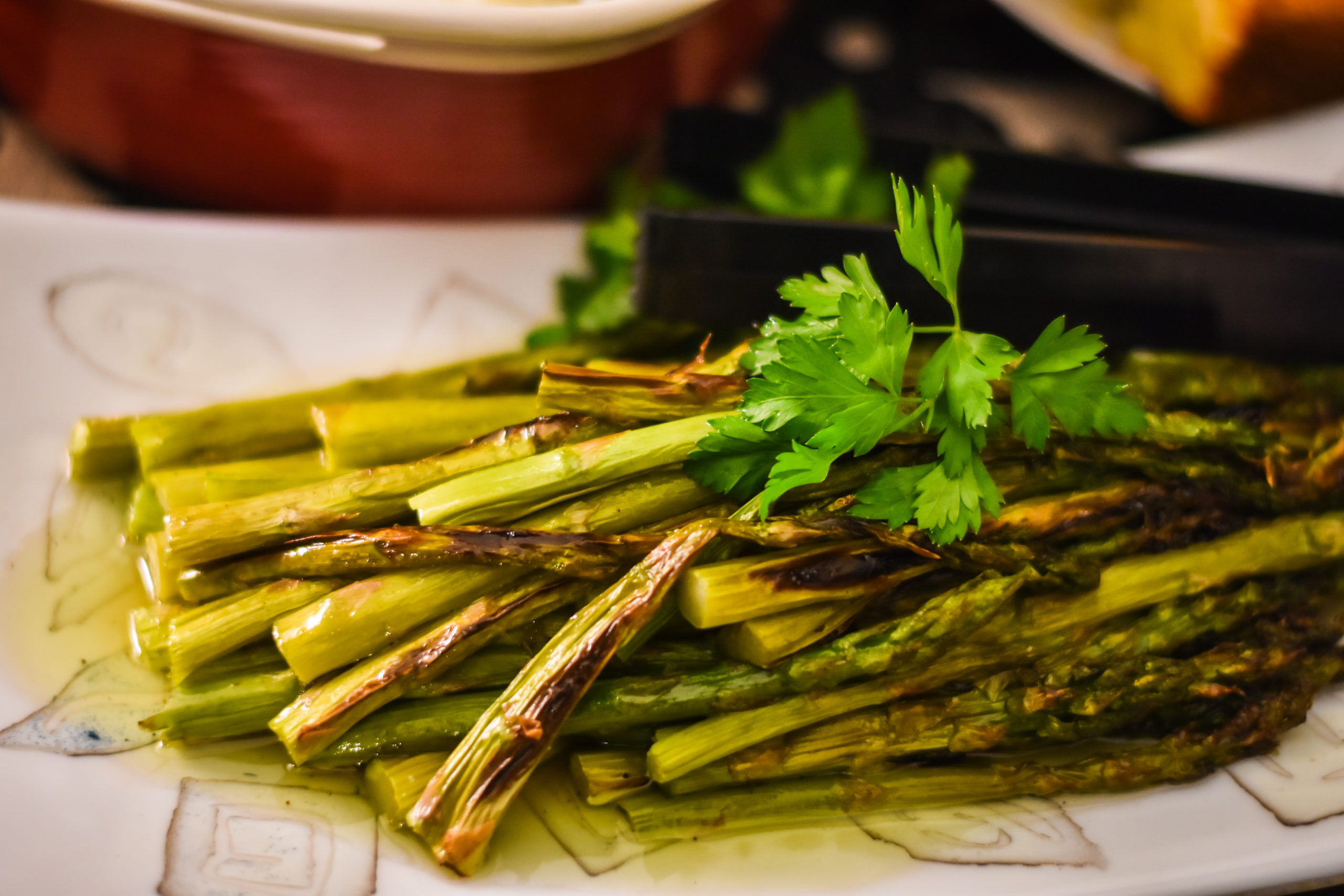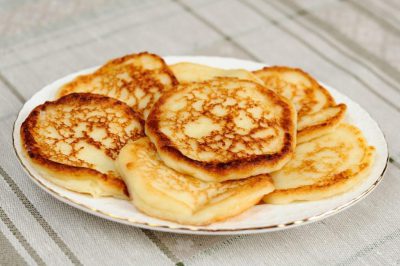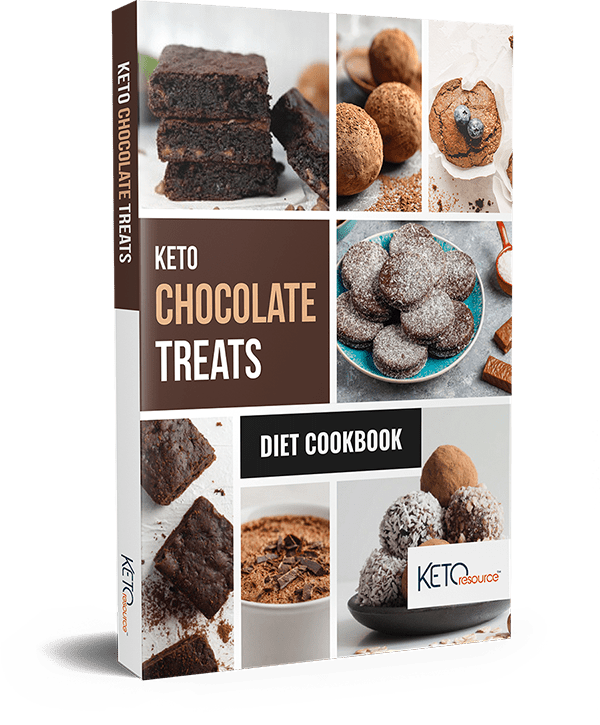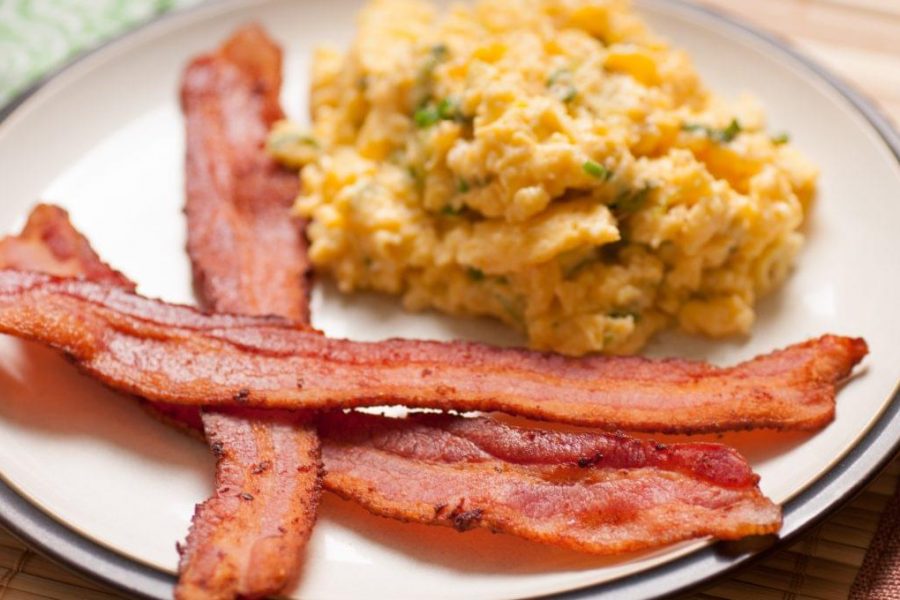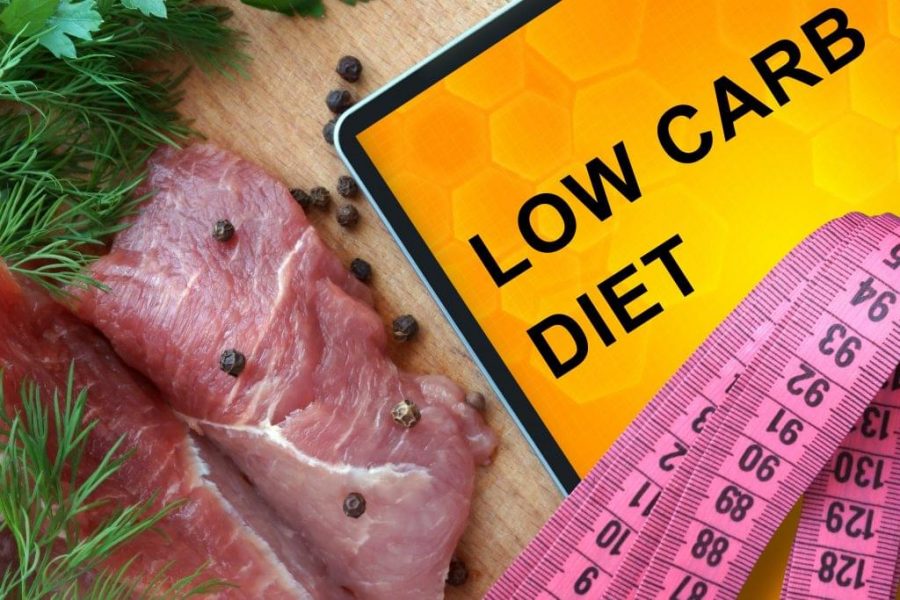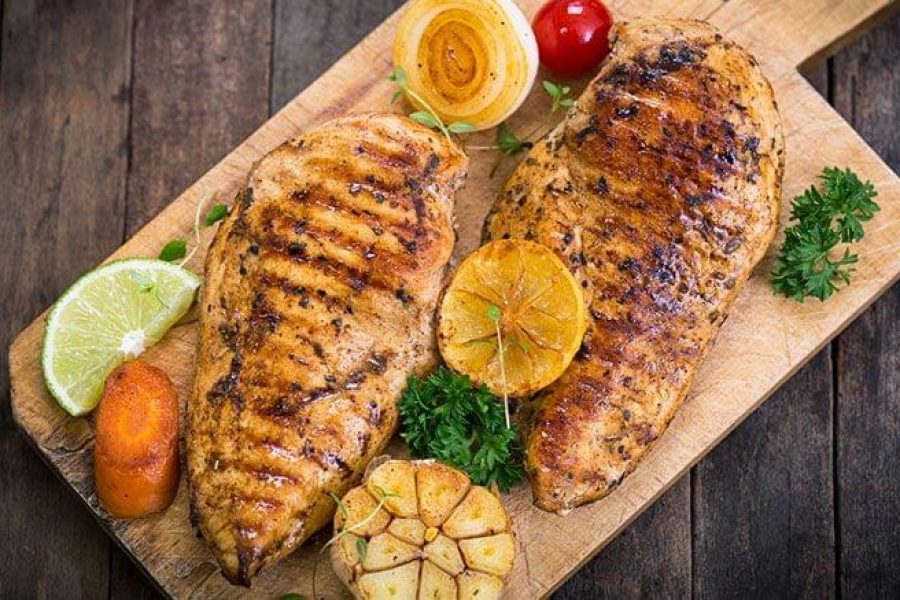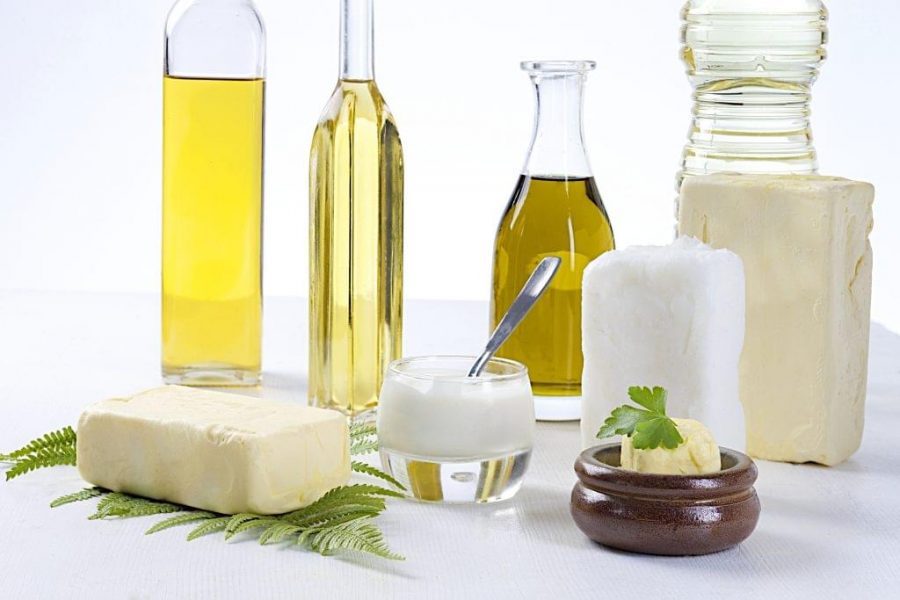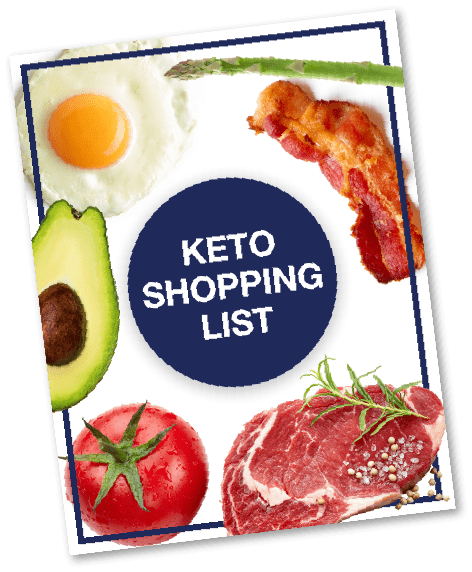The Macros:
Your body is tricky. As you age, you’ll need more of certain nutrients, but your decreased metabolism will lead you to need less and less caloric intake. Less calories each day means less food, which in turn makes it more difficult to make sure you are consuming the nutrients you need. A ketogenic diet helps you monitor your caloric and nutrient intake.
Do you see how it’s tricky now? In this post, we’ll explore the caloric changes your body requires, as well as the nutrients it will need more than before. We’ll look at ways to cut those necessary calories, and ways to boost your nutrient consumption.
Aging: The One Thing You Can Count On
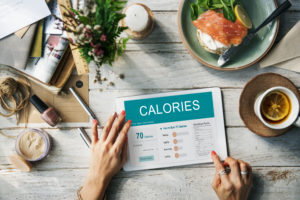
As you age, and especially after age with each passing year, your body requires and burns less calories. This means that you have less calories to work with each day, so you will need to choose your intake carefully. Your slowing metabolism is the culprit here, so learning ways to kickstart it will be essential if you want to keep snacking. A ketogenic diet naturally curbs your cravings to snack.
Portion control, careful counting, and strategic exercise are your friend here, especially as you age past 40. As you can see below, after the age of 50 for women, and 40 for men, the body requires a minimum of a 200 calorie reduction.
For women with sedentary lifestyles*:
Age 25 – 50: around 1,800 calories a day
Age 50 – 80: around 1,600 calories a day
*Those with moderate activity levels can eat an additional 200 calories a day, increasing to 400 a day for an active lifestyle.
For men with sedentary lifestyles**:
Age 20 – 40: around 2,400 calories a day
Age 40 – 60: around 2,200 calories a day
**Men can also add an additional 200 calories a day for moderate activity levels and an extra 400-600 if they are class themselves as active.
Obviously, the more active you are, the more calories you can consume without weight gain. If you are looking to maintain your current weight, use the guide above as a starting point for your daily caloric intake. If your goal is to lose weight, you will want a caloric deficit based on the numbers above. As my mother always told me, you lose weight in the KITCHEN, not in the GYM. No matter what you are eating, you won’t lose weight unless you have a caloric deficit (cut calories!). Remember, no woman should cut below 1,200 calories per day, and no man should cut below 1,800 calories per day (unless you are fasting).
Cut It Out!
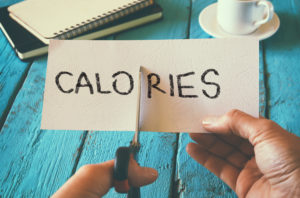 All in all, you will be eliminating around 200-500 calories from your daily diet, starting at age 40. Though this may seem a bit daunting, here are a few simple tips:
All in all, you will be eliminating around 200-500 calories from your daily diet, starting at age 40. Though this may seem a bit daunting, here are a few simple tips:
- Chew Your Food — As simple as it sounds, chewing your food longer will literally cause you to cut calories. A study published in the American Journal of Clinical Nutrition, showed that people who chew their food 40 times, instead of the average 15, consumed 12% fewer calories. By chewing longer, you allow your body ample time to signal to itself when you are satisfied and full.
- Skip the cocktails – And the sodas! Even though a glass of wine can have a little as 85 calories, those are calories that you can be devoting to savory, delicious, healthy fats. Plus, opting for that glass of water will help you burn through those calories faster, and will make you feel more full.
- Use a Smaller Plate – This one seems too good to be true, but it really isn’t! Using a small plate literally tricks the brain into thinking that you are consuming more than you are. By doing this, it will signal that you are full long before it would have with that large plate!
If it seems simple, it really can be! It will take a bit of planning, and some time on a fitness or nutrition tracking app, but the changes you see in your body will be worth it. Be sure to eat plenty of fat if you are cutting calories, to keep you feeling full as your body adjusts to its new normal level of consumption.
That Last Puzzle Piece

The last piece of your Over 40 caloric puzzle is nutrient intake. As you age, your body’s functions don’t work as smoothly as they did in your youth. For this reason, your body needs more of certain nutrients, to either help it run smoother, or to make up for the effects of its less efficient processes.
Pay close attention to the following nutrients in your diet. If you are not getting your recommended daily allowance (RDA) in food alone, you may want to look into supplements to make up the differences.
| Nutrient | What does it Do? | What Happens as I Age? | Foods to Eat |
| Calcium | Helps to Build and Maintain Healthy Bones | With age your gut absorbs less calcium from your diet | almonds, seeds, cheese, sardines, leafy greens |
| Vitamin D | Helps the Body Absorb Calcium | As you age, your skin gets thinner, and has a reduced ability to absorb/make Vitamin D | salmon, sardines, cod liver oil, oysters, shrimp |
| B12 | Makes Red Blood Cells and maintains healthy brain function | Your body’s stomach acid needs to separate B12 from the food it is bound to. Since many people have lowered stomach acid as they age, the nutrient isn’t removed, and the effect of B12 is lost in the body | Supplements, Fortified Foods, eggs, fish, meat |
| Potassium | Helps the muscles to contract. Your heart needs this to maintain proper function | Higher potassium intake is associated with a lower risk of high blood pressure, kidney stones, osteoporosis and heart disease | potassium salt, avocado, dark leafy greens, mushrooms, nuts (in moderation), and salmon. |
| Omega-3 Fatty Acids | Protective effects against diseases | Can lower heart disease risk factors like high blood pressure and triglycerides | salmon, cod liver oil, sardines, herring, oysters, |
| Magnesium | Helps to maintain normal nerve and muscle function, supports a healthy immune system, keeps the heart beat steady, and helps bones remain strong. It also helps regulate blood glucose levels and aid in the production of energy and protein. | Risk of deficiency because of poor intake, medication use and age-related changes in gut function | nuts and seeds (obviously in moderation), artichokes, avocados, leafy greens, and fatty fish and shellfish. |
| Iron | Carries oxygen from your lungs to transport it throughout your body. | Deficiency is common in elderly people. This may cause anemia, a condition in which the blood does not supply enough oxygen to the body | red meat, dark chocolate, liver and organ meats, shellfish |
Dark chocolate is an excellent source of magnesium, potassium, iron, copper, zinc and selenium.
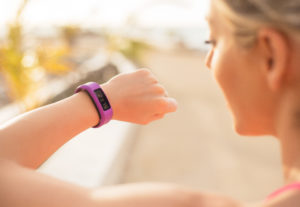 Final Thoughts
Final Thoughts
You’ve got your work cut out for you. There’s a balancing act to maintaining your nutritional health as you age. But you’re a Keto Dieter, you’re used to the hard work, extra attention, and a supplement or two. Keep an eye on the prize – Your Health – and this challenge will be just another one you’ve conquered.


